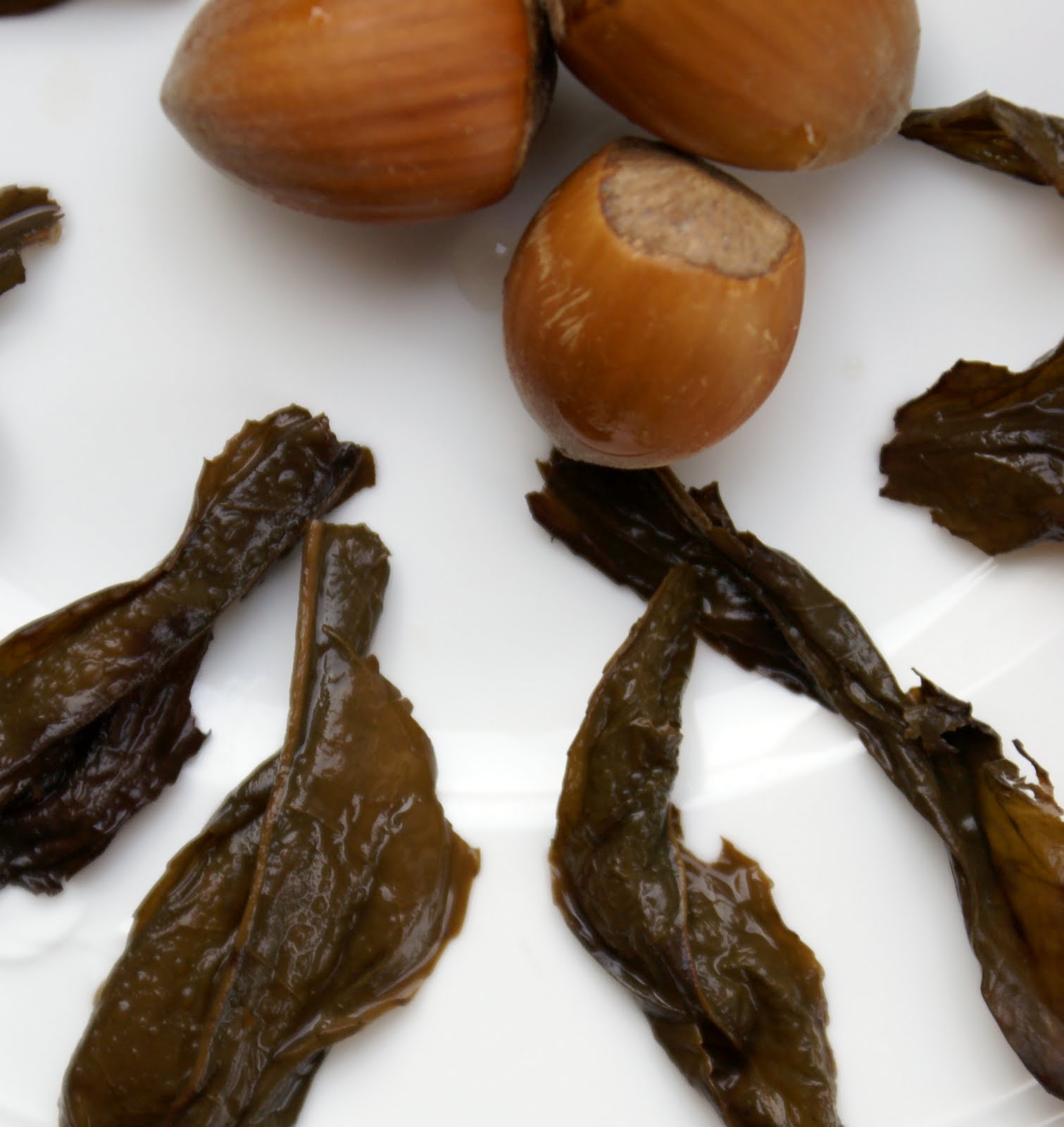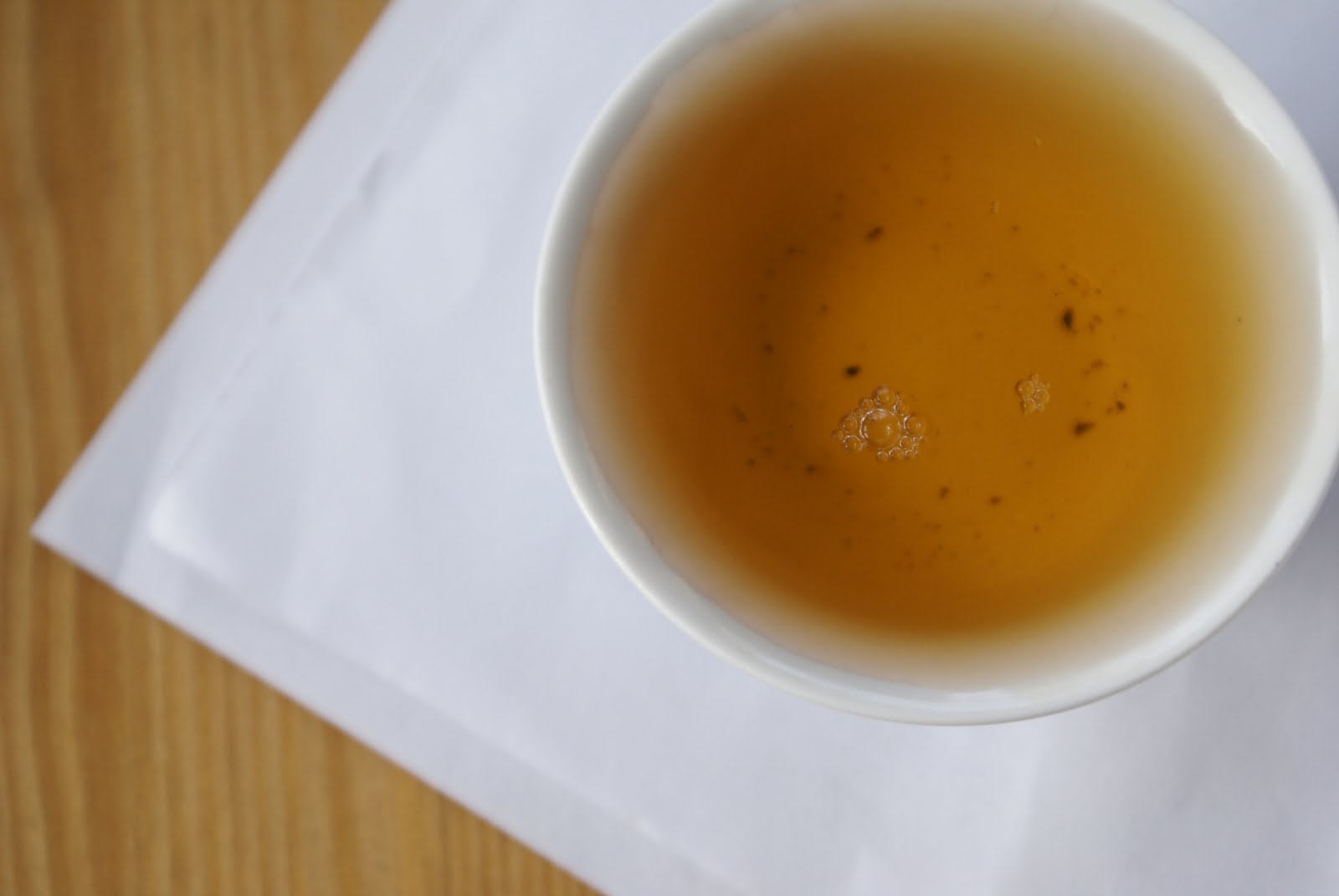2008 Dahongpao
Posted on 10 February 2010
I don’t often blog on Wuyi oolong teas – because I don’t often drink them. While ‘cliff tea’ (yancha) is, for many aficionados, the epitome of the tea experience, I have an issue with their highly roasted aromas and their bone-dry style. I admire the best examples, but when choosing a tea to drink, my thoughts usually drift towards Taiwan or China’s two other major families of oolong: Dancong and Anxi.
But this 2008 Dahongpao (‘Big Red Robe’) from Wuyi is one that I do find utterly irresistible. Sourced from London’s Eastteas, it is said to be manufactured by master roaster Mr. Xu. It’s rare to see a teamaker named in any vendor’s description (since so few teas in the West are purchased directly from producers) and I tend to take hyperbolic stories of master roasters with a grain of salt (or two), but in this case the description is fair. This tea shows an extraordinary roasting skill, and is really an outstanding example.
The roast is in fact rather low for a Wuyi tea. It has been used like new oak in a very good red Burgundy wine: it’s there, and in fact there’s a lot of it, but its presence is very much in the background of things. It provides a discrete canvas over which to tell a story of fruits and spices. Without it, the aromas wouldn’t quite be as complex or deep, but it is never allowed to take first stage.
A confirmation of how thoughtfully this tea was roasted can be seen in the image above and below. The colour of the brew never really goes much beyond orange-peachy, quite a difference from the reddish-brown of a typical Wuyi tea such as Shuixian (see here for an extensive review). And the expired leaves open almost completely, revealing a deep green colour rather than brown: a sign of moderate roast.
In the cup, this tea again is vastly superior to the Wuyi average. Even brewed in a porcelain gaiwan, it is more balanced, elegant, complex and smooth than a heavily roasted Shuixian. But the real difference is revealed in a Chinese yixing clay teapot. Staging a classic gongfu brewing regime with high dosage (5–6g / 100ml is good) and very short steeping times (as short as 5–7 seconds initially) I am rewarded with an outstanding complexity and fascinating progression. Opening with a cornucopia of dried fruits, peaches, apricots and honey, moving slowly through a period of more present roast (brews #2–3) towards a renewed apricottiness, this time with added quince and hazelnut.
Dahongpao is one of the four ‘historical bushes’ of Wuyi (si da ming cong), a status roughly equivalent to a Burgundian grand cru such as Richebourg or Clos de Tart. Accordingly, there are many derivations, imitations and counterfeits, and drinking them sometimes makes you wonder what the fuss is about. This expensive example puts things in order, and shows why Dahongpao’s reputation is well deserved.
Disclosure
Source of tea: own purchase.



